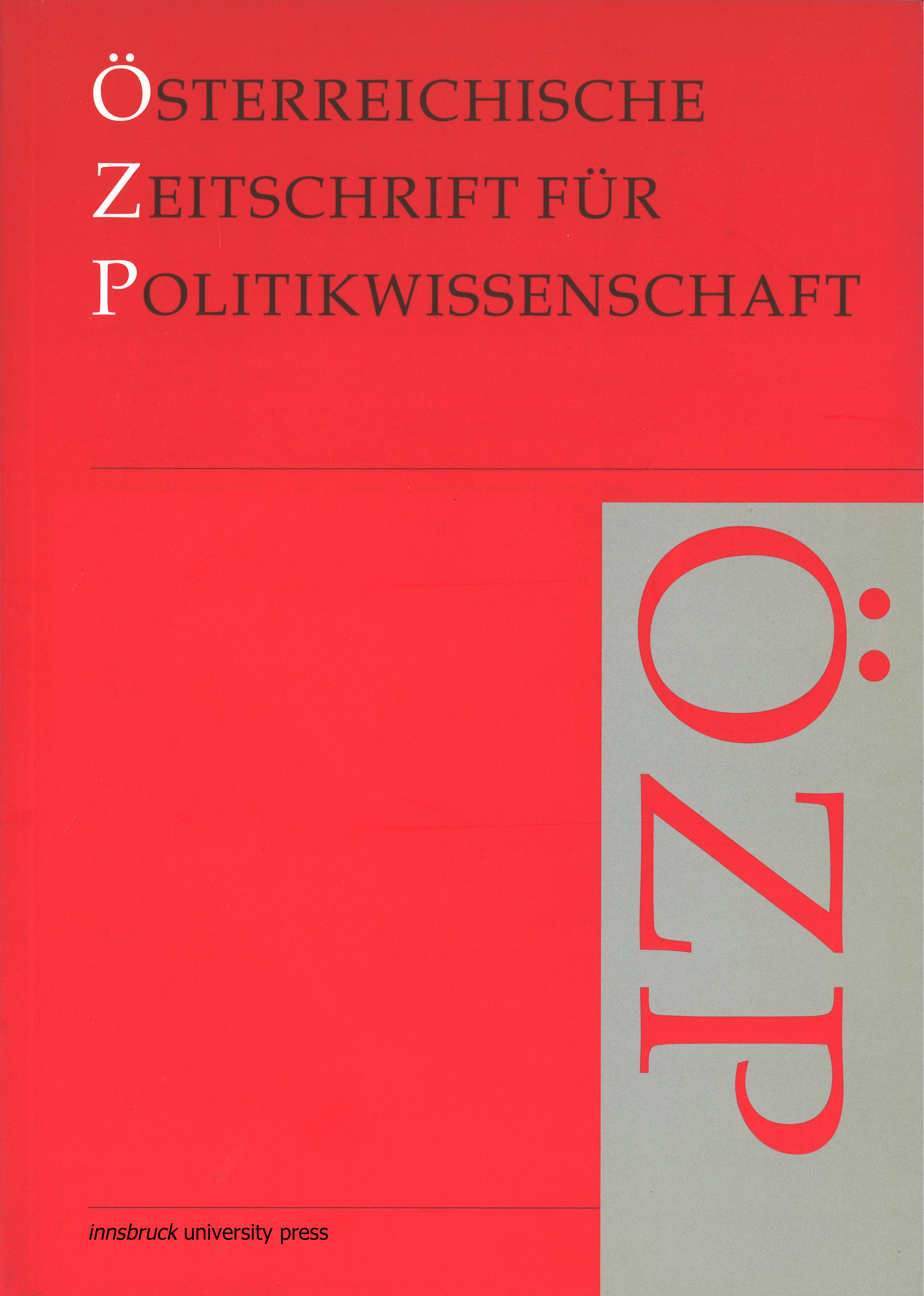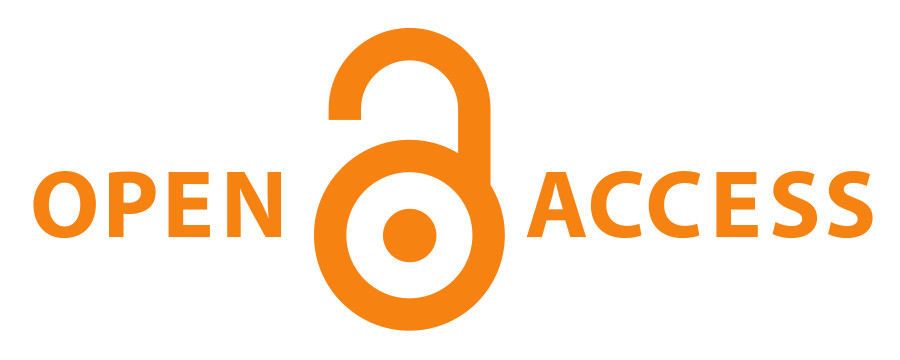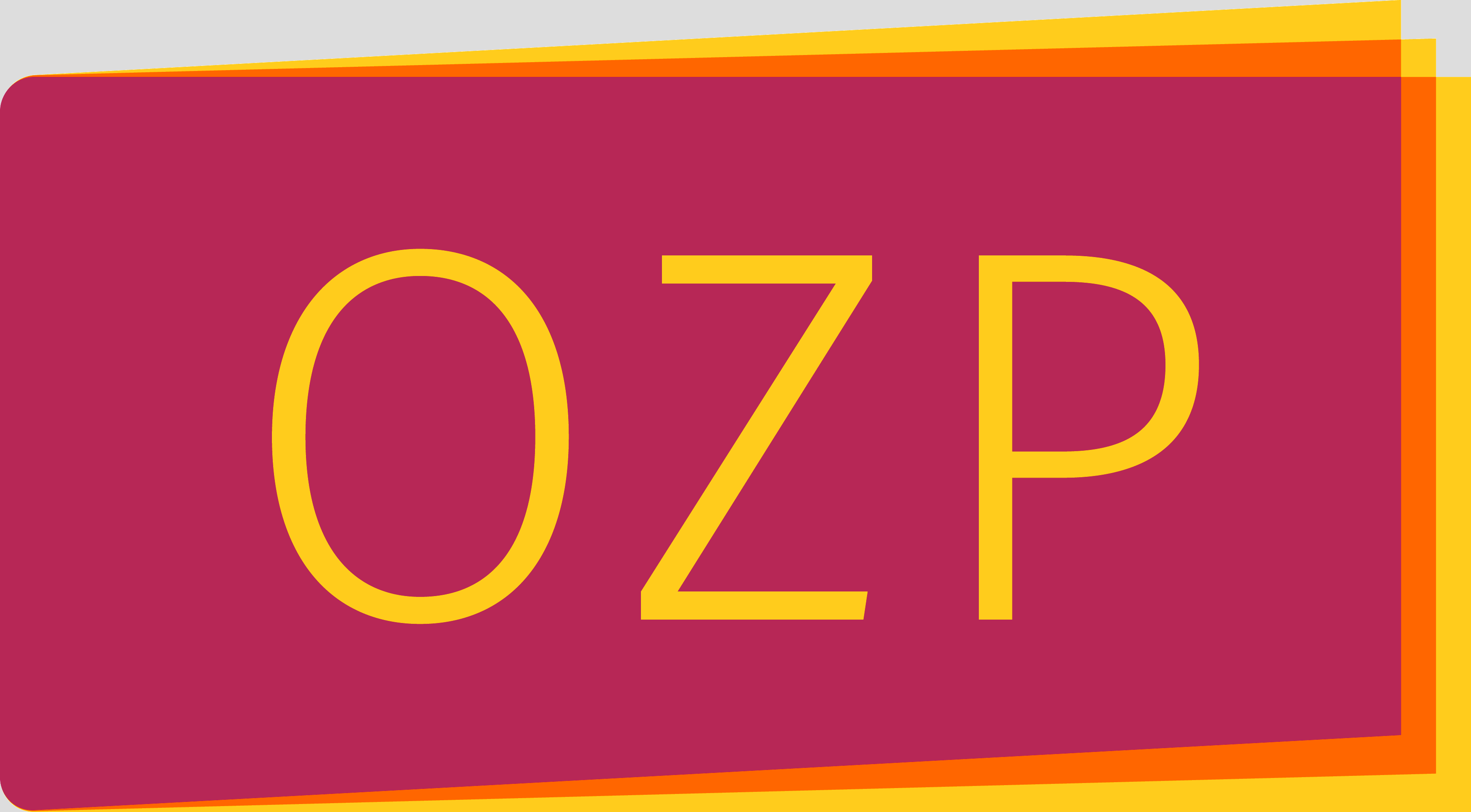Die Zukunft der Präsidentschaft im Ratssystem der Europäischen Union
DOI:
https://doi.org/10.15203/ozp.911.vol36iss2Schlagwörter:
EU-Ratspräsidentschaft, EU-Ministerrat, Europäische InstitutionenreformAbstract
Der Beitrag untersucht Gründe und Rahmenbedingungen zur seit Jahren angestrebten Reform des Systems der rotierenden Vorsitze im Rat der Europäischen Union und im Europäischen Rat. Die Problemstellung wird hierbei in den Gesamtkontext der EU-System- und -Institutionenreform und des Wandels des Ratssystems gestellt. Denn aus der Perspektive des polyarchischen Mehrebenen- und Mehrakteurssystems EU lassen sich die mit dem Ratsvorsitz angesprochenen Reformansätze nur in sich überlappenden Zusammenhängen analysieren: erstens im Rahmen des inneren Ratssystems, zweitens im Verhältnis zwischen den EU-Organen untereinander, drittens im Verhältnis zwischen den EU-Organen und den Mitgliedstaaten und viertens dem der Staaten untereinander. Im ersten Schritt steht daher die Herausarbeitung der diskursiv ins Feld geführten sowie der empirisch nachgewiesenen Probleme des Ratssystems im EUInstitutionengefüge. Erst in einem zweiten Schritt geht der Beitrag der Frage nach, welche Reformen im Ratsvorsitzsystem den normativ gesetzten Erfordernissen einer handlungsfähigeren und effizienteren EU gerecht werden könnten. Der Beitrag schließt mit einem eigenständigen Vorschlag zur Reform des Ratsvorsitzsystems.Downloads
Ausgabe
Rubrik
Lizenz
The OZP is the authorized publication of the Österreichische Gesellschaft für Politikwissenschaft (ÖGPW, Austrian Political Science Association)
The author of an article (in case of multiple authors: the corresponding author, responsible for releasing this material on behalf of any and all co-authors) accepted to be published in the OZP hereby acknowledges the following Copyright Notice:
- The author retains the copyright to the article.
- It is the responsibility of the author, not of the OZP, to obtain permission to use any previously published and/or copyrighted material.
- Publication of a submitted text is dependent on positive results from the peer reviewing. In such a case, the OZP editors have the right to publish the text.
- In case of publication, the article will be assigned a DOI (digital object identifier) number.
- The author agrees to abide by an open access Creative Commons Attribution (CC BY-SA) license. The license permits any user to download, print out, extract, reuse, archive, and distribute the article under the same license, as long as appropriate credit is given to the author and source.
- The license ensures that the author’s article will be available as widely as possible and that the article can be included in any scientific archive. In order to facilitate distribution, the author agrees that the article, once published, will be submitted to various abstracting, indexing and archiving services as selected by the OZP.
- In addition, the author is encouraged to self-archive the article, once published, with reference to the place of the first publication.
- After the contribution appears in the OZP, it is still possible to publish it elsewhere with reference to the place of the first publication.
- The finished article, if published, will include a correspondence address (both postal and email) of the author.
- If written under the auspices of a grant from one or more funding agencies, such as FWF (Austrian Science Fund), ERC (European Research Council), and Horizon 2020 (EU Framework Programme), an article accepted for publication has to be deposited in an Open Access archive. The OZP’s archiving policy is compliant with these provisions. (In case the article derives on funding from a different source, the author is responsible to check compliance of provisions.)




